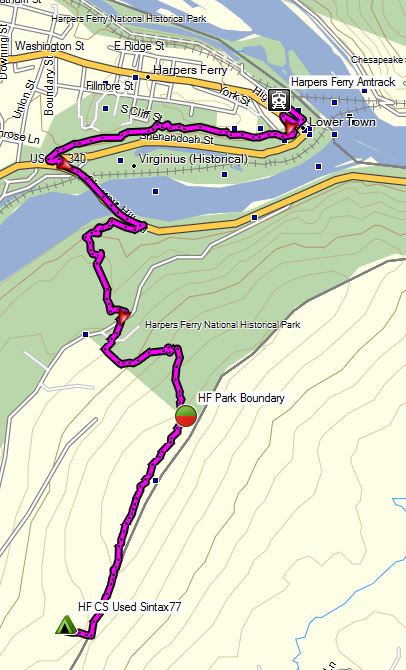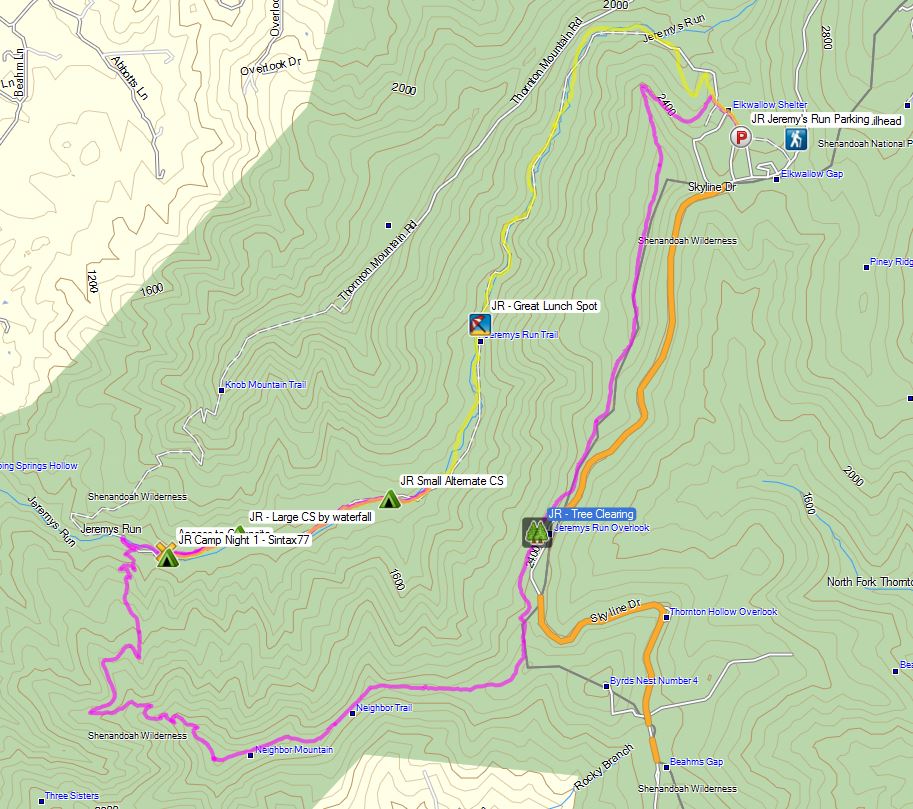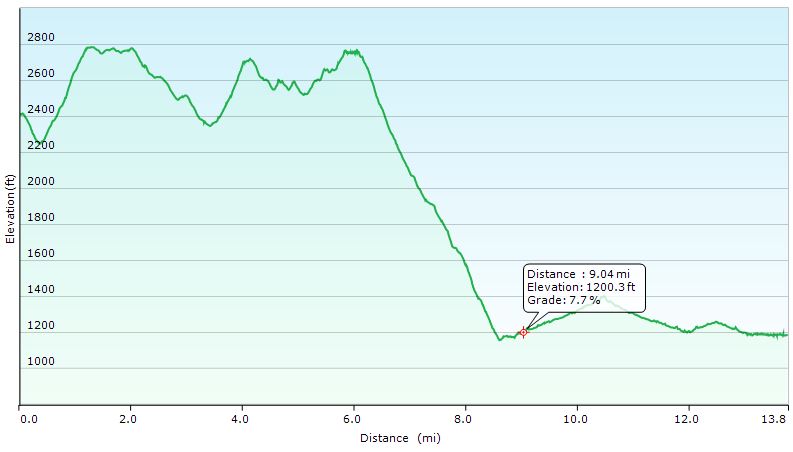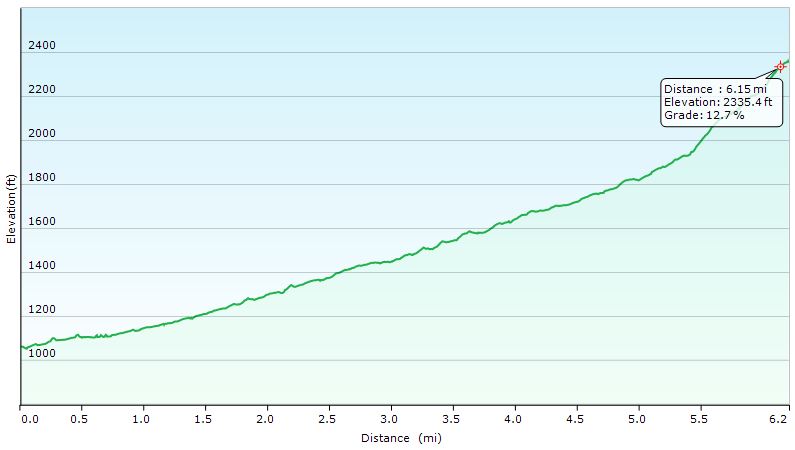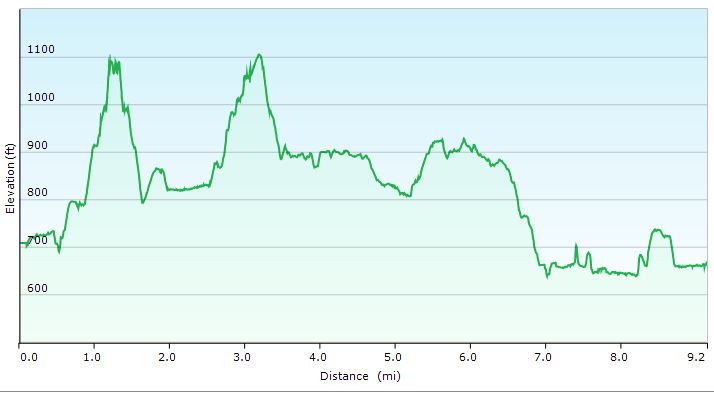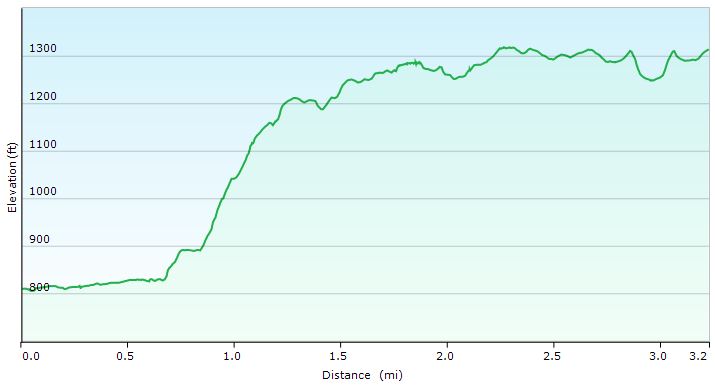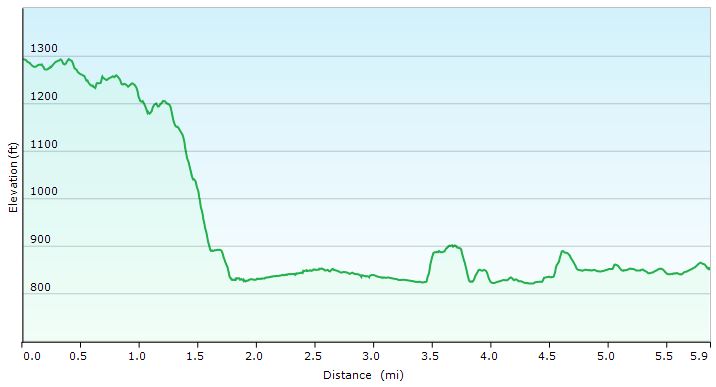A review of the MSR Flex Skillet camping fry pan, as well as a discussion of other camp skillet options for comparison.
The MSR Flex Skillet is a light weight, easy to pack frying pan aimed at weight conscious hikers who wish to do some some more advanced cooking on their backpacking and camping trips. And by “more advanced”, I mean more than just boiling water for a dehydrated meal. Because some of us, myself included, think anything more than boiling water on a 3 oz stove is going full back country gourmet.
If that sounds like you, then you may be interested in the MSR Flex Skillet, or maybe even it’s little brother, the MSR Quick Skillet
, which we’ll also touch on a bit in the video. If your a more hearty backpacker looking to do some heavier duty cooking on perhaps a canoe or car camping trip, then the MSR Flex Skillet may be a tad more minimalist than you need. Towards the second have of the video I’ll also go over some heavier duty alternatives (as the MSR Alpine Fry Pan
), as well as some more inexpensive options, depending on your expected usage and needs.
Below are the Flex Skillet’s Specs and details, according to the manufacturer. *As discussed in the video, I did find some discrepancies with MSR’s official specs.
Manufacturer’s Specs and Details
Weight 7 oz / 199 g
Height 2.5 in / 6.35 cm
Diameter 9 in / 22.86 cm
Easy Clean-Up: Scratch-resistant, hard-anodized nonstick aluminum.
Versatile: Nests with MSR® Flex 3 and MSR® Flex 4
Cook Systems and Pot Sets.
Includes: 1 Talon™ pot handle.

